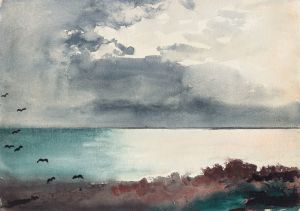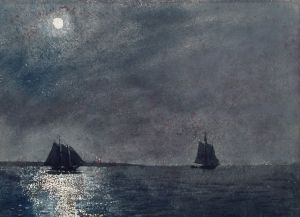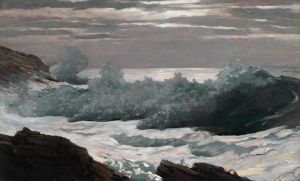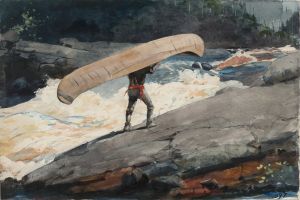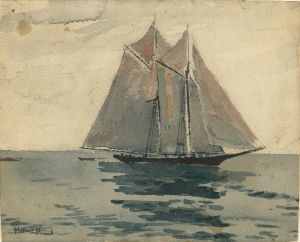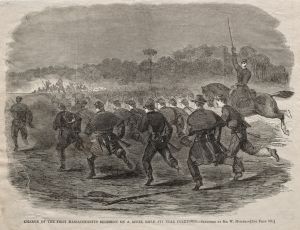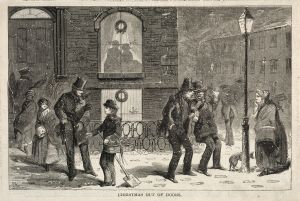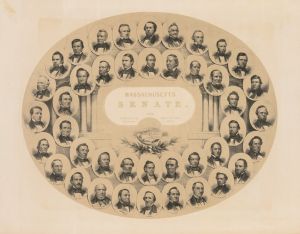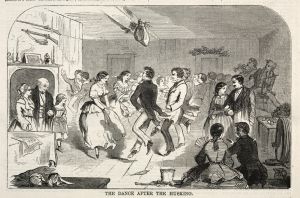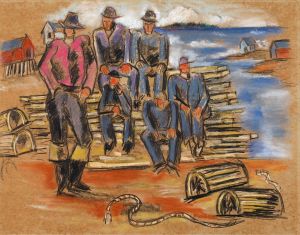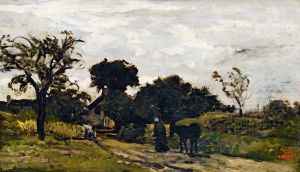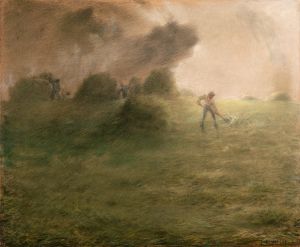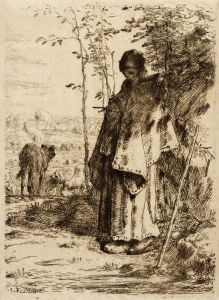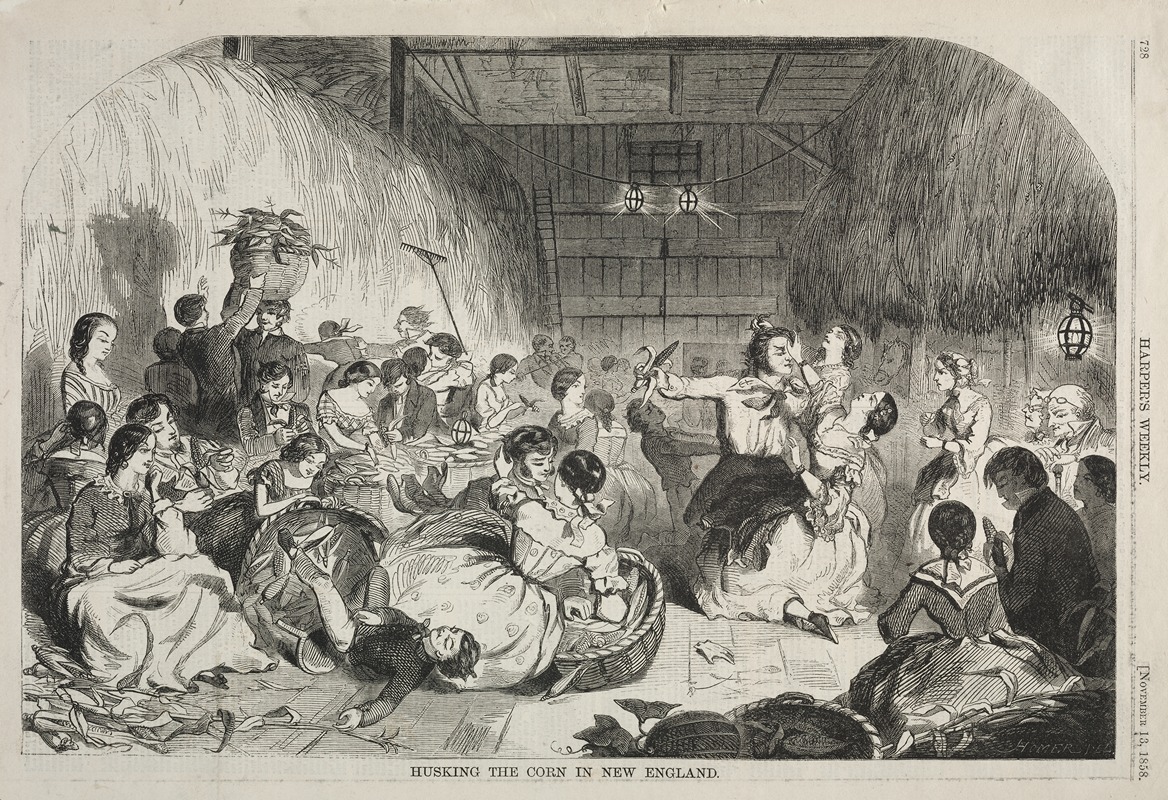
Husking the Corn in New England
A hand-painted replica of Winslow Homer’s masterpiece Husking the Corn in New England, meticulously crafted by professional artists to capture the true essence of the original. Each piece is created with museum-quality canvas and rare mineral pigments, carefully painted by experienced artists with delicate brushstrokes and rich, layered colors to perfectly recreate the texture of the original artwork. Unlike machine-printed reproductions, this hand-painted version brings the painting to life, infused with the artist’s emotions and skill in every stroke. Whether for personal collection or home decoration, it instantly elevates the artistic atmosphere of any space.
Winslow Homer, an American artist renowned for his landscape and marine subjects, created the painting "Husking the Corn in New England" in 1876. This work is a part of Homer's exploration of rural American life, capturing the essence of agricultural practices in the northeastern United States during the late 19th century. The painting is a testament to Homer's skill in depicting everyday scenes with a sense of realism and vitality.
"Husking the Corn in New England" portrays a group of individuals engaged in the traditional activity of corn husking, a common agricultural practice in New England during the harvest season. The scene is set outdoors, likely in a rural farm setting, which was typical of the region's landscape. The composition of the painting reflects Homer's keen observation of human interaction and labor, emphasizing the communal aspect of agricultural work.
Homer's use of color and light in the painting is notable. He employs a palette that captures the natural hues of the autumn season, with warm tones that suggest the time of year when corn husking typically takes place. The lighting in the painting highlights the figures and their activity, drawing the viewer's attention to the central theme of communal labor and the connection between people and the land.
The figures in the painting are depicted with a sense of individuality and character, showcasing Homer's ability to convey emotion and narrative through his subjects. Each person is engaged in the task at hand, yet their expressions and postures suggest a range of emotions and interactions, from concentration on the work to moments of conversation and camaraderie. This attention to detail adds depth to the painting, inviting viewers to consider the social dynamics of rural life in New England.
Winslow Homer was known for his ability to capture the American experience, and "Husking the Corn in New England" is a prime example of this talent. The painting not only illustrates a specific agricultural practice but also serves as a broader commentary on the importance of community and tradition in rural America. It reflects the values and lifestyle of a bygone era, offering a glimpse into the daily lives of those who lived and worked in the New England countryside.
Throughout his career, Homer was celebrated for his realistic portrayals of American life, and "Husking the Corn in New England" is a significant work within his oeuvre. It exemplifies his mastery of composition, color, and narrative, making it a valuable piece for understanding both the artist's development and the cultural context of the time. The painting remains an important part of Homer's legacy, appreciated for its artistic merit and historical significance in capturing a slice of 19th-century American life.





